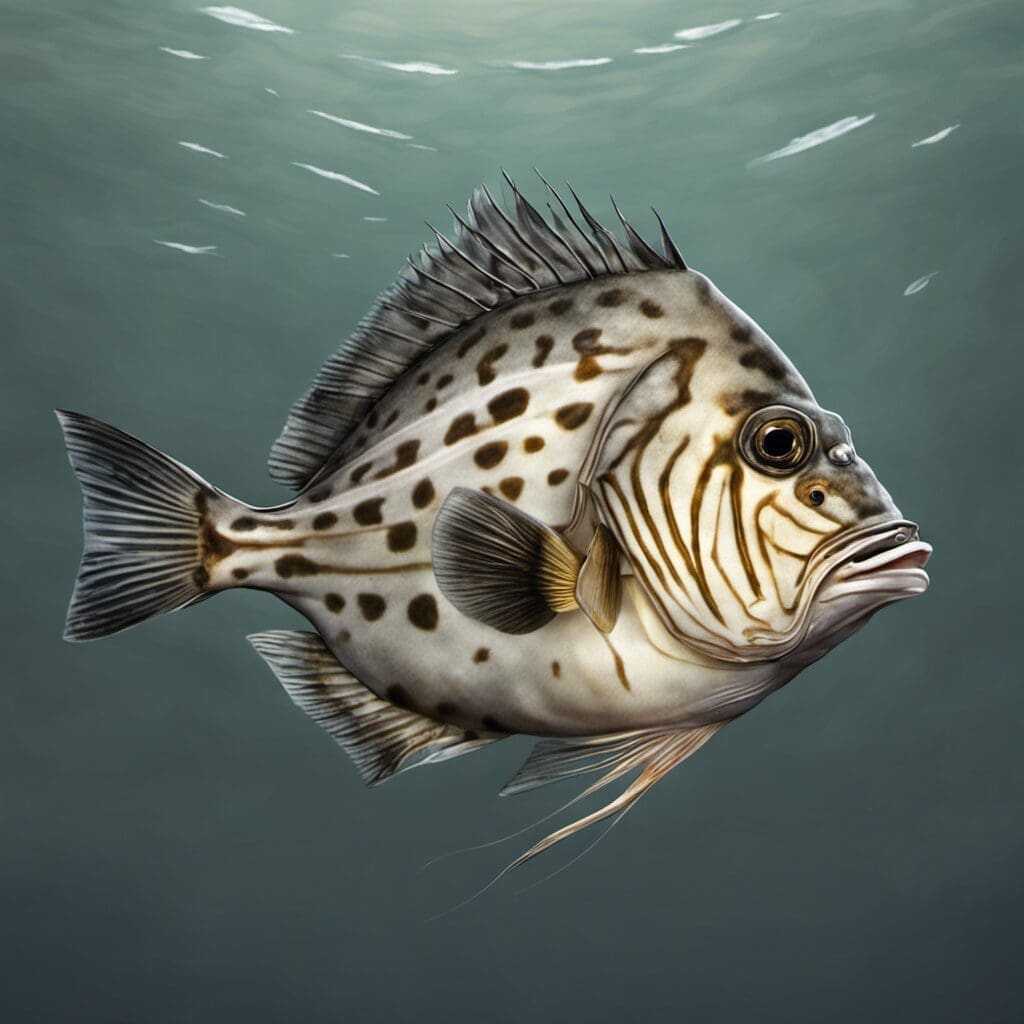Introduction
The John Dory, also scientifically acknowledged as Zeus Faber, is an enigma of deep-sea curiosities. This particular fish is a part of the family Zeidae, known for their incredibly flat bodies and bizarre, predatory ways.
Conservation Status
Reassuringly, the John Dory population isn’t currently deemed endangered or under threat, allowing it to score no particular standing in concern lists.
Statistics
| Length | Weight | Average Lifespan |
|---|---|---|
| Average: 35 cm, Range: 20-65 cm | Average: 3 kg, Range: 1-5 kg | Up to 12 years |
Distribution
The John Dory prevails extensively through the coastal waters of Europe, Africa, and Asia, with a few instances reported off the coasts of New Zealand and Australia. Despite benefiting from a vast geographical distribution, there’s limited evidence concerning specific migration patterns.
Habitats
This water dweller prefers saltwater conditions, with a versatile preference for depth – ranging anywhere from 5 meters to sunk heights of 360 meters. Ideal temperatures for this species are roughly between 7 to 14 degree Celsius.
When and Where to See
John Dory are generally more active during warmer seasons, with sightings more common during sunlight hours.
Top 20 Fishing Locations
These aren’t listed in any particular order, these are simply locations known for their active John Dory presence:
- Bay of Biscay, French Atlantic Coast
- North Sea, UK
- Skagerrak, Sweden
- Adriatic Sea, Italy
- Tasman Sea, New Zealand
- Ionian Sea, Greece
- Aegean Sea, Turkey
- Southern Ocean, Australia
- Alboran Sea, Spain
- Baltic Sea, Germany
General Tips
To find John Dory, seek out sandy ocean floors or sea grass beds. They have a knack for blending into their surroundings, so keep a keen eye out for their distinctive wide, flat bodies and long, sweeping dorsal fins.
How to Catch
Preferred Bait or Lures
Use small fish or squid to tempt a John Dory. Lure fishing can also be effective.
Fishing Techniques
Bottom fishing is an efficient technique for catching a John Dory, given their preference for residing near sea floors.
Best Time of Day or Season for Fishing
Fishing for John Dory fish becomes more productive in the warmer months, particularly during daylight.
Identification Guide
John Dory are easily recognizable: they possess long, silver bodies with a unique, black spot on each side. The spot is believed to function as a false eye, warding off potential predators.
Nutritional Information
John Dory fish is an excellent source of dietary protein, Vitamins B and D, and beneficial omega-3 fatty acids.
Behavior
Despite their gloomy appearance, John Dory are aggressive predators, swiftly engulfing their prey whole. Their mating habits aren’t clearly understood – another mystery attributed to this elusive species.
Predators and Threats
Given the habitat of the John Dory, threats typically include larger marine life such as sharks and seals.
Cultural/Historical Significance
Present in Mediterranean culinary traditions, in many cultures the John Dory is associated with St. Peter, earns it another name “St. Peter’s fish.”
References and Further Reading
For more information on John Dory, see:

